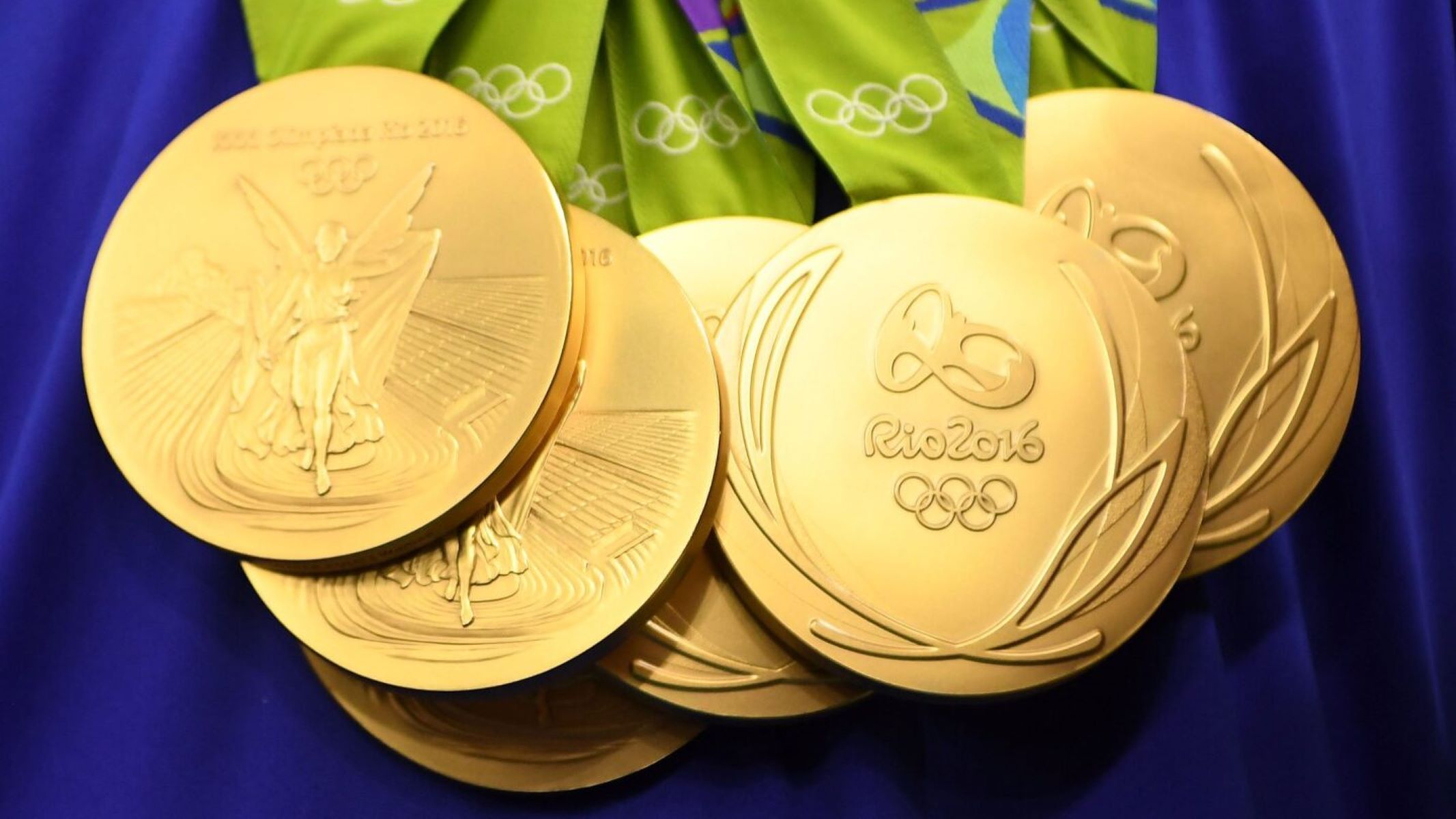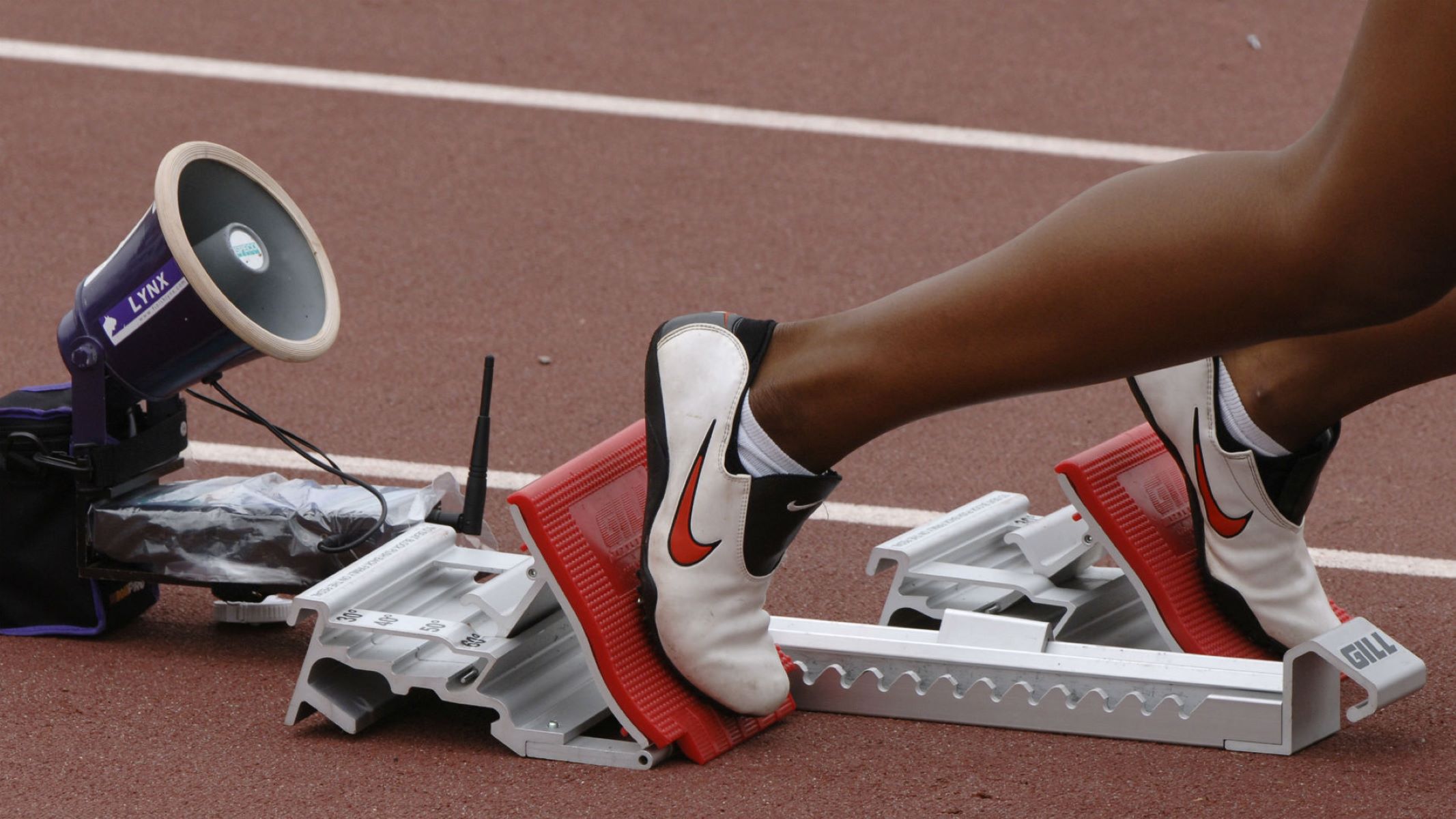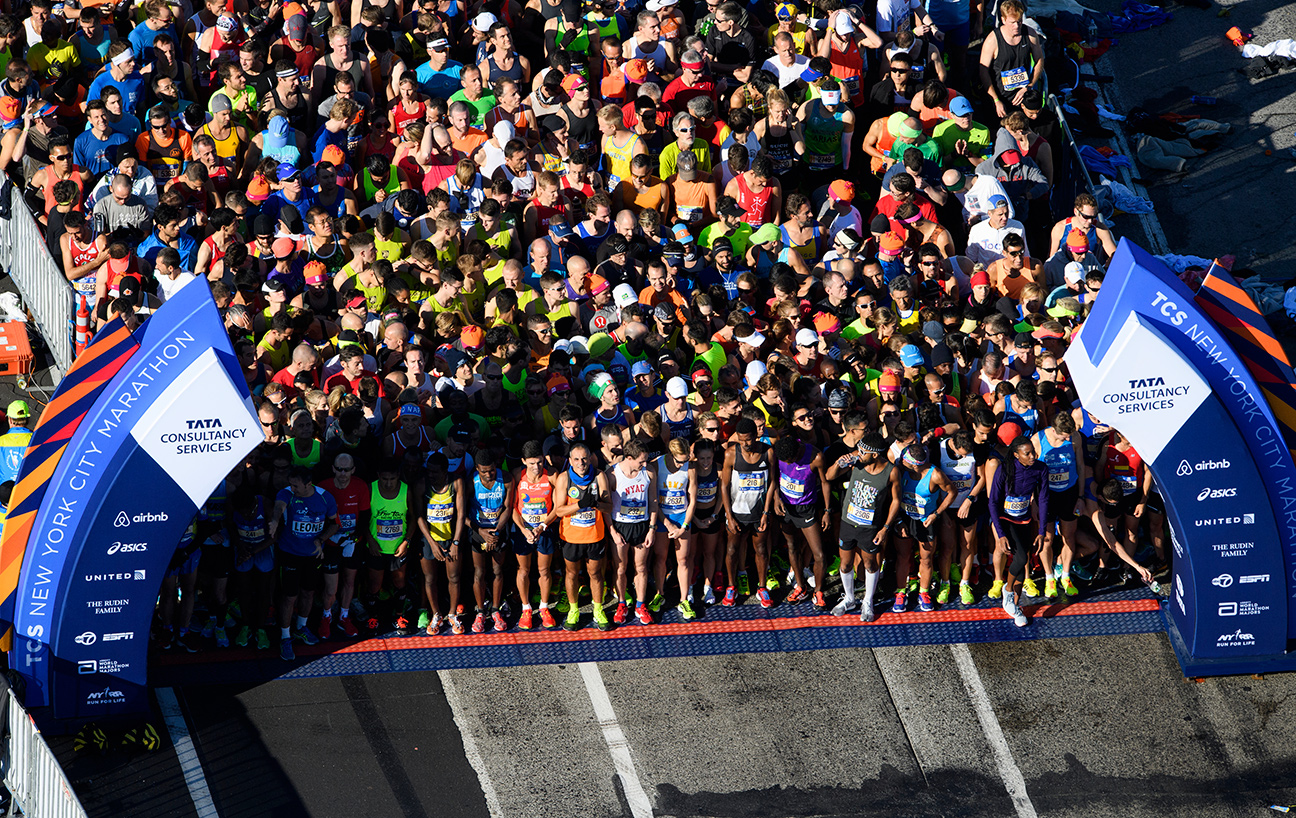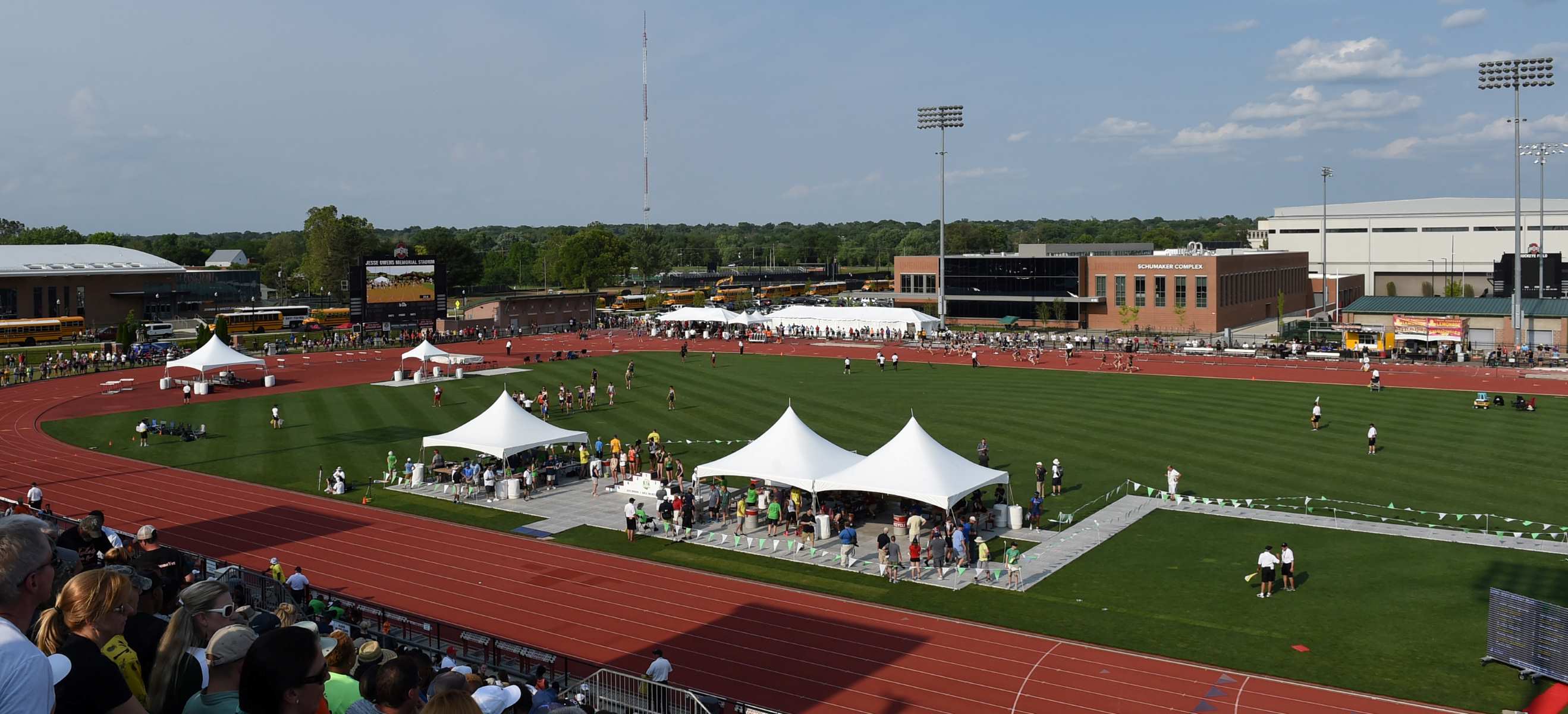Home>Running Culture>Culture>The Evolution of Running Shorts Over the Decades


Culture
The Evolution of Running Shorts Over the Decades
Modified: January 2, 2024
From classic cotton shorts to modern compression versions, running shorts have come a long way. Dive into their evolution and find out which type is best for you.
From competitive athletes to casual joggers, running shorts have come a long way in their design, comfort, and utility. This article takes you on a historical journey of the evolution of running shorts over the decades. Sit tight as we race through time to explore the transformation of this fundamental piece of athletic apparel.
The Early Years
The tale of running shorts begins in the early 20th century, a time when athletes wore long, heavy cotton pants or shorts during competitions. These garments were often knee-length or longer, and made from thick, non-breathable fabrics. Comfort and mobility were evidently secondary considerations, and the concept of aerodynamics was far from being applied to athletic wear.
The 1920s-1930s: The Introduction of Shorts
During the 1920s and 1930s, shorts began to replace conventional long pants in athletic events. However, these shorts were still relatively long, extending almost to the knee, and remained quite baggy. They were primarily constructed from cotton, making them heavy and less comfortable to run in.
The 1940s-1960s: Rising Hemlines
The post-war era of the 1940s to the 1960s witnessed a significant shift in the design of running shorts. The hemlines started to rise, and the shorts became more streamlined. However, cotton was still the primary fabric, although lighter and more flexible versions were introduced.
The 1970s: A Revolution in Running Shorts
The 1970s were a revolutionary period for running shorts. The era witnessed the introduction of synthetic materials like nylon, polyester, and spandex, which were lightweight, durable, and had moisture-wicking capabilities. These advances in textile technology had a profound influence on the design and functionality of running shorts.
The Introduction of Split Shorts
This decade also saw the debut of split shorts, characterized by a slit on the outer seam that allowed for better movement and flexibility. They became a preferred choice for elite runners due to their light weight and enhanced mobility.
The Birth of the “Short-shorts”
The 70s was also the age of the ‘short-shorts.’ With an inseam of just 2-3 inches, these shorts were significantly shorter than previous versions. They not only enhanced freedom of movement but also reduced weight, contributing to improved running performance.
The 1980s-1990s: Further Innovations
During the 1980s and 1990s, manufacturers started paying attention to the overall comfort of running shorts. Innovations in this era led to the development of built-in underwear, adjustable drawstrings, and the introduction of pockets for convenience.
Another significant development during this period was the focus on female-specific design. Brands started to recognize the different needs and preferences of female athletes, leading to the creation of running shorts specifically tailored for women.
The 2000s-Present: High-tech Era
The new millennium brought an increased focus on technical fabric and the integration of technology into running gear. Running shorts began to feature high-performance fabrics that offered improved moisture-wicking, breathability, and even odor control.
Designs became more diverse, ranging from compression shorts that help support muscles and improve circulation, to long, loose, basketball-inspired running shorts. The focus on style also became prominent, with running shorts available in a myriad of colors, patterns, and designs.
Presently, running shorts are also viewed as a fashion statement. Athleisure trends have propelled them from the race track to the streets, and they are now a common sight in casual, everyday wear.
Conclusion
From their humble beginnings as long, baggy cotton garments to the sleek, high-tech apparel of today, running shorts have undoubtedly come a long way. The evolution of running shorts is a testament to the incredible strides we’ve made in textile technology and design innovation, always pushing the boundaries to improve athletic performance and comfort.
As we move forward, the future holds even more exciting possibilities for running shorts. With advancements in smart clothing and wearable technology, running shorts of the future may even be able to track our performance, monitor our health, and provide real-time feedback.
FAQs
When did athletes start wearing shorts for running?
Athletes started wearing shorts for running in the 1920s and 1930s. Before that, they used to wear long pants.
What significant change did the 1970s bring to the design of running shorts?
The 1970s introduced synthetic materials such as nylon, polyester, and spandex in the making of running shorts. The shorts became lightweight, durable, and capable of wicking away moisture. This era also saw the introduction of split shorts and “short-shorts”.
How have running shorts improved in terms of comfort over the years?
Running shorts have improved in comfort with the introduction of synthetic, breathable, and lightweight materials. They now also feature built-in underwear, adjustable drawstrings, and pockets for convenience.
How did the design of running shorts change for women?
During the 1980s and 1990s, brands recognized the different needs and preferences of female athletes. This led to the creation of running shorts specifically tailored for women, considering factors like body shape, comfort, and style.
What might the future of running shorts look like?
With advancements in technology, future running shorts may incorporate smart clothing technology. This could include the ability to track performance, monitor health parameters, and provide real-time feedback to the wearer.








